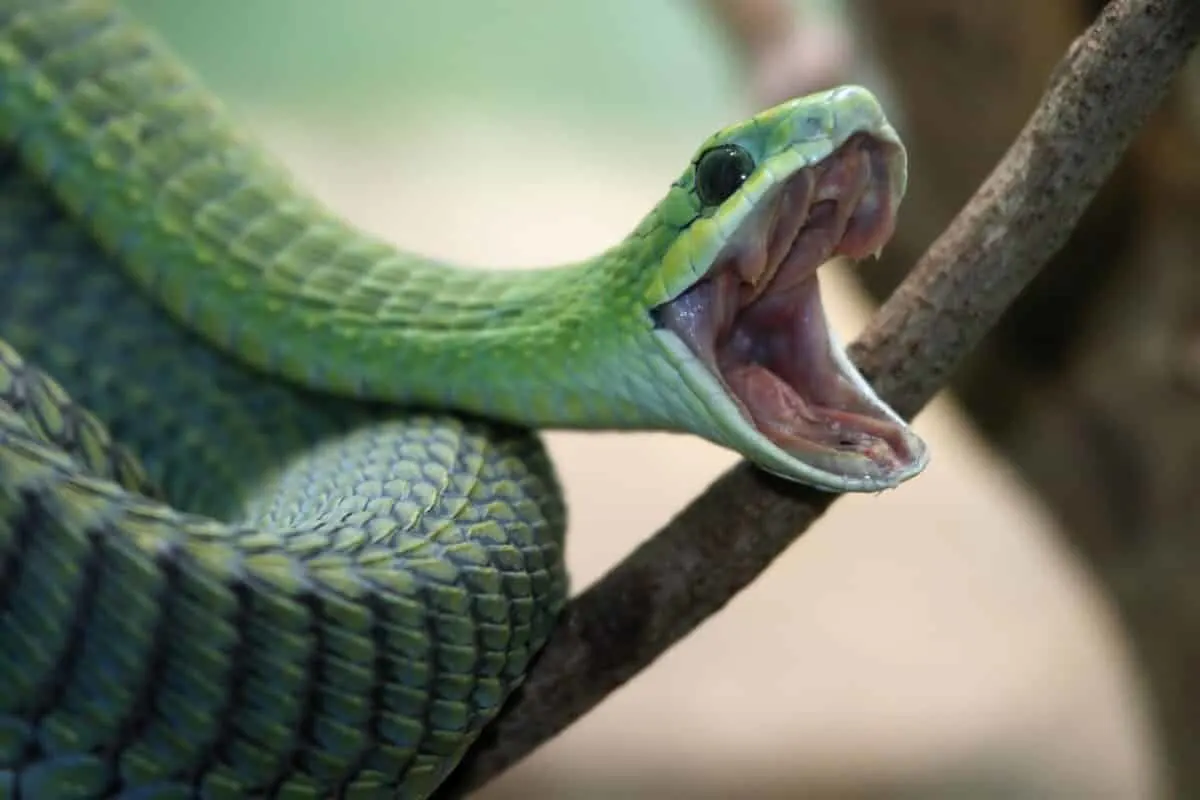Take a deep breath before we enter the wild and terrifying world of boomslang snake bites.
These snakes are one of the deadliest snake species on the planet. While not considered aggressive towards humans, their venom can be deadly. They can cause serious damage to your body if bitten.
They are really interesting species that have captured the attention of many wild enthusiasts.
In this article, we’ll discuss what happens to you when you’re bitten by boomslang snakes. Furthermore, also talk about the preventive measures that you can take to avoid such an unfortunate situation.
Eventually, you will have a deeper understanding of this fearsome African snake.
Are you ready for a wild ride? If yes, then keep reading!
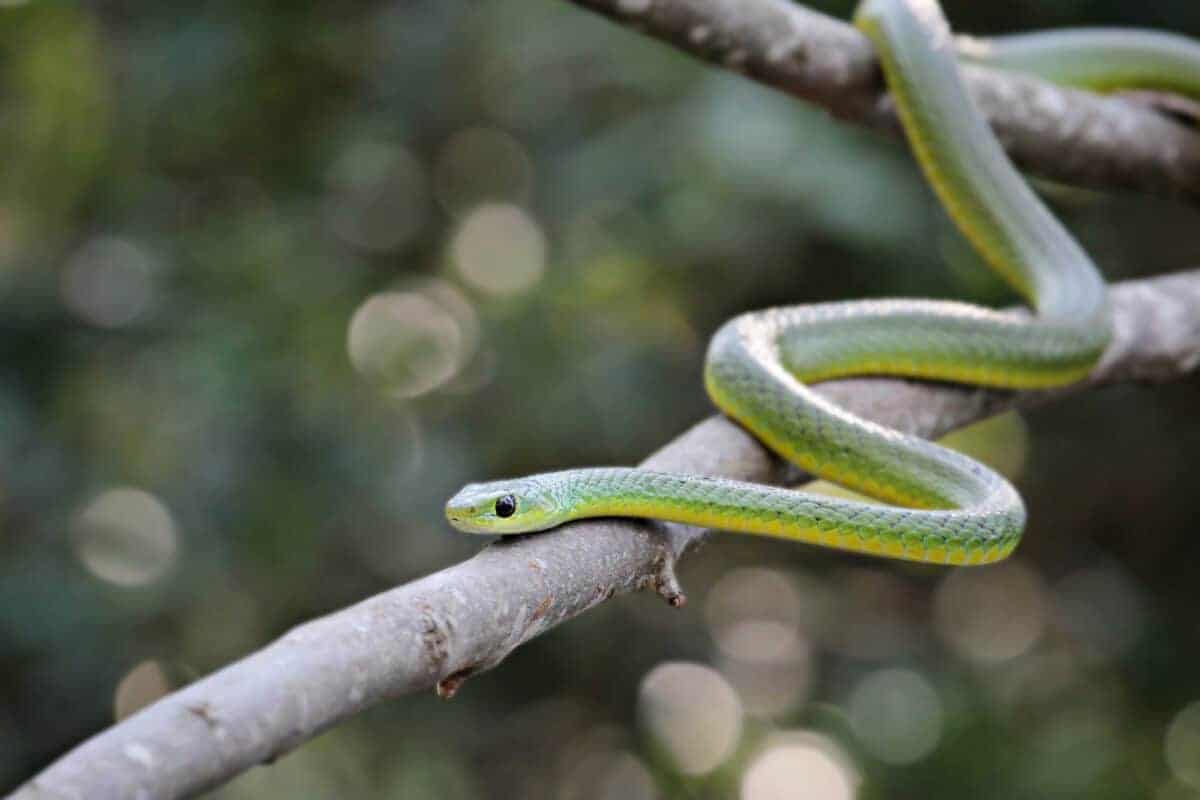
Jump ahead to any section below.
Characteristics and Behavior
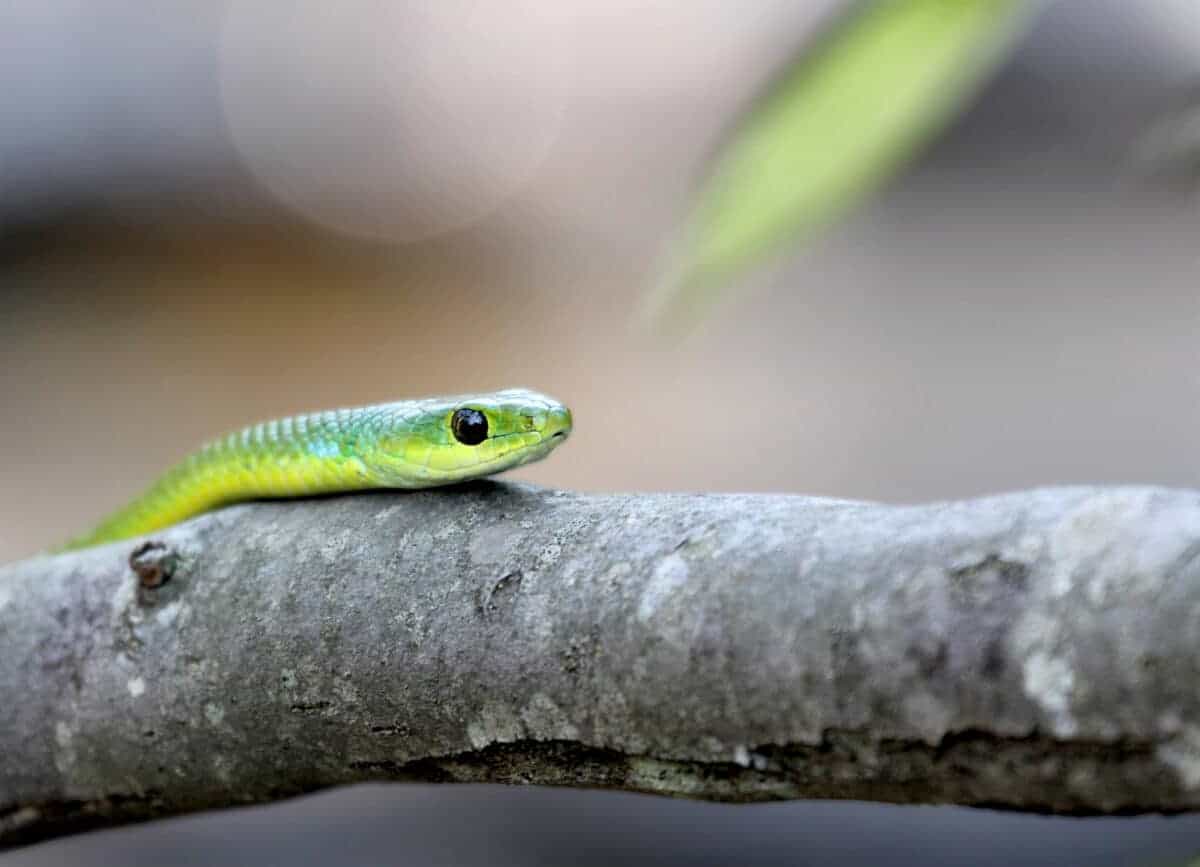
The boomslang is a fearsome and venomous species found in sub-Saharan Africa. They usually have a distinctive bright green color with red and orange markings on the sides of the body.
Although their bites are rarely fatal due to their small fangs and slow delivery of venom, any interaction with them should be considered with extreme caution.
Apart from their powerful bite, there are many surprising facts and interesting characteristics about these snakes that you may not know.
There are two types of boomslang snakes, and they are:
1. Egg-eating snakes
2. Twig snakes
Both have their own distinctive coloration and features, which help identify them from other snakes.
The egg-eater snakes appear brown with light green scales on their backs, while the twig snakes will have a bright green bodies with yellow patterns on the sides.
With their green and brown coloration, they can easily camouflage themselves into leaves and branches.
They also tend to be active during the day when visibility is limited; staying out of sight decreases the chances of finding them.
Have you ever seen a boomslang snake climb a tree? It’s a beautiful sight that one should see. These snakes move around with such ease and grace as they were made for treetops.
They are excellent climbers; they can reach incredible heights without taking any breaks.
Check out: Horned Viper Snake Bite.
Venom
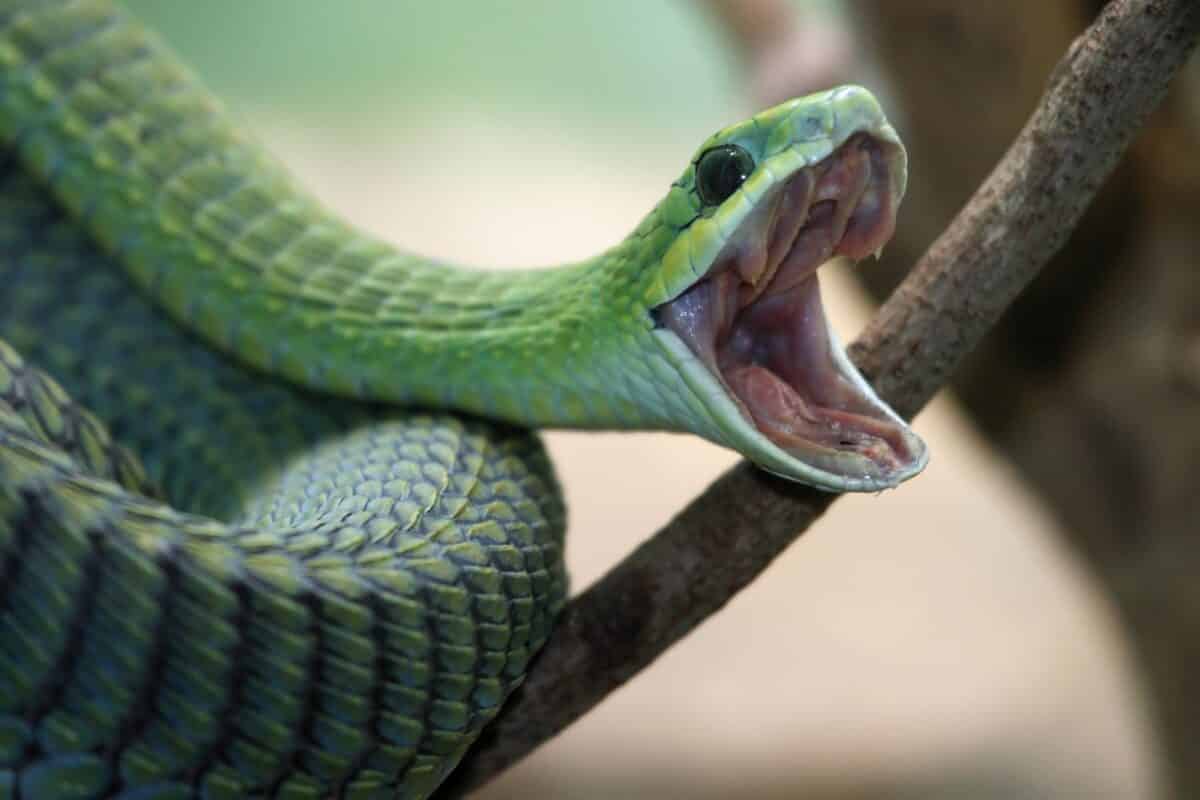
The venom of a boomslang snake bite is extremely poisonous and can cause severe damage to the human body. When a person is bitten by a boomslang, these toxins enter their bloodstream and attack red blood cells, causing them to break down.
This breakdown leads to a decrease in oxygen levels throughout the body, which can quickly lead to death if not treated promptly with antivenom.
The good news is that the venom is slow-acting and rarely fatal unless high doses are injected.
If you are bitten by a boomslang snake, it is important to seek medical attention immediately in order to prevent further complications and even death.
The bites from this snake are rare, and proper prevention can help keep you safe and healthy.
Check out: Baboons Unleashed: The Ultimate Guide To Their World.
Real-Life Incidents of Boomslang Snake Bite
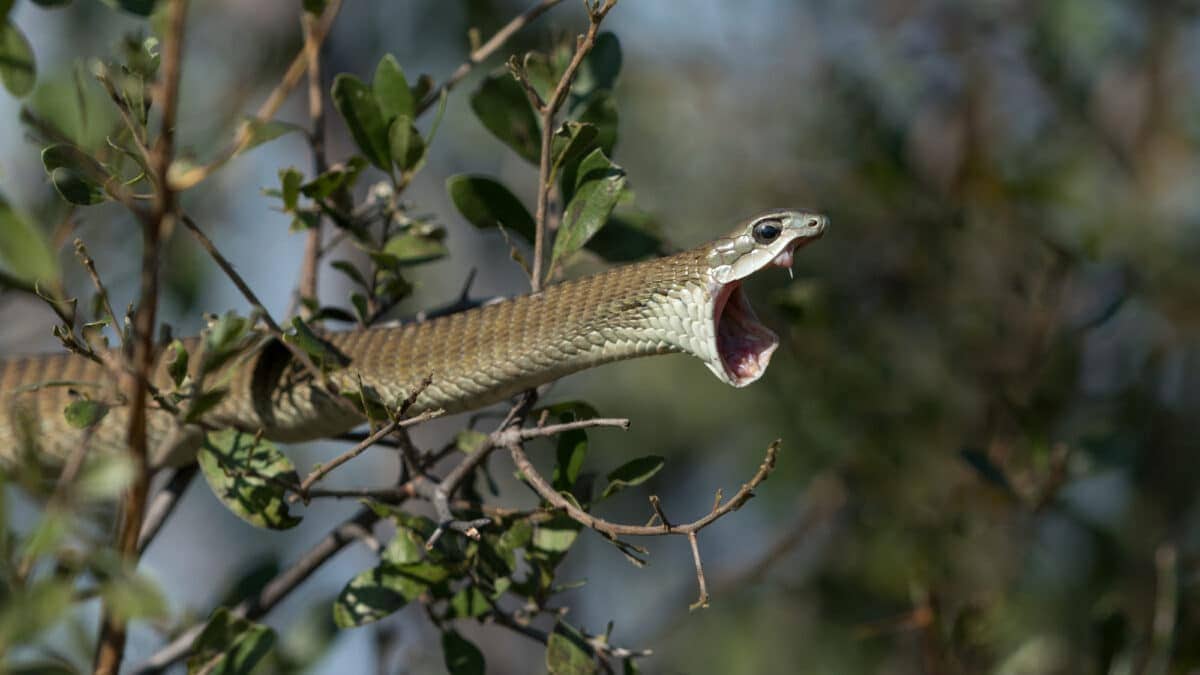
Here are the top five boomslang bite stories that will make you think twice about getting too close to this dangerous critter:
Story 1
One such incident occurred in 1900 when two young boys were playing around a riverbank near Cape Town, South Africa. After noticing something slithering by them, they decided to investigate and discovered a large boomslang snake coiled up on a nearby tree branch.
Unaware that this was one of the most poisonous snakes in Africa, they began poking at it with sticks, unwittingly exposing themselves to a potentially deadly bite. Fortunately, one of the boys quickly ran away and alerted an adult, who was able to save them both by killing the snake before it could do any harm.
Story 2
In 2006, there was another tragic encounter with a boomslang in Tanzania. When an elderly woman accidentally stepped on a boomslang while walking through her garden. The venomous reptile retaliated with a vicious bite that caused severe bleeding from her leg wound. This resulted in her death within an hour.
Fortunately, there have been some success stories as well. Such as the case of a college student who survived after being bitten by a boomslang during an expedition in Botswana.
Story 3
First on our list is the case of an eight-year-old boy. He was bitten by a boomslang after attempting to pick one up in Kenya. The child was rushed to the hospital, where he received antivenom treatment and recovered after several days. However, doctors noted that his vision was permanently damaged due to the venom’s effect on his eyes.
Story 4
The fourth incident was in Zimbabwe. An adult man was bitten by a boomslang while doing some plumbing work outside his home. He quickly went into shock due to the venom and, unfortunately, died shortly afterward from internal bleeding.
Story 5
The next incident took place in South Africa, where a woman was bitten by a boomslang. This happened after she attempted to pick up one that had been killed by her housemate’s pet dog. The effects of the venom were so severe that she passed away within hours of being bitten.
These five incidents represent just some of the real-life examples of boomslang snake bites that have occurred in recent years. Despite its relatively small size and shy nature, the venom of this reptile can be extremely powerful and dangerous if not treated immediately.
Symptoms
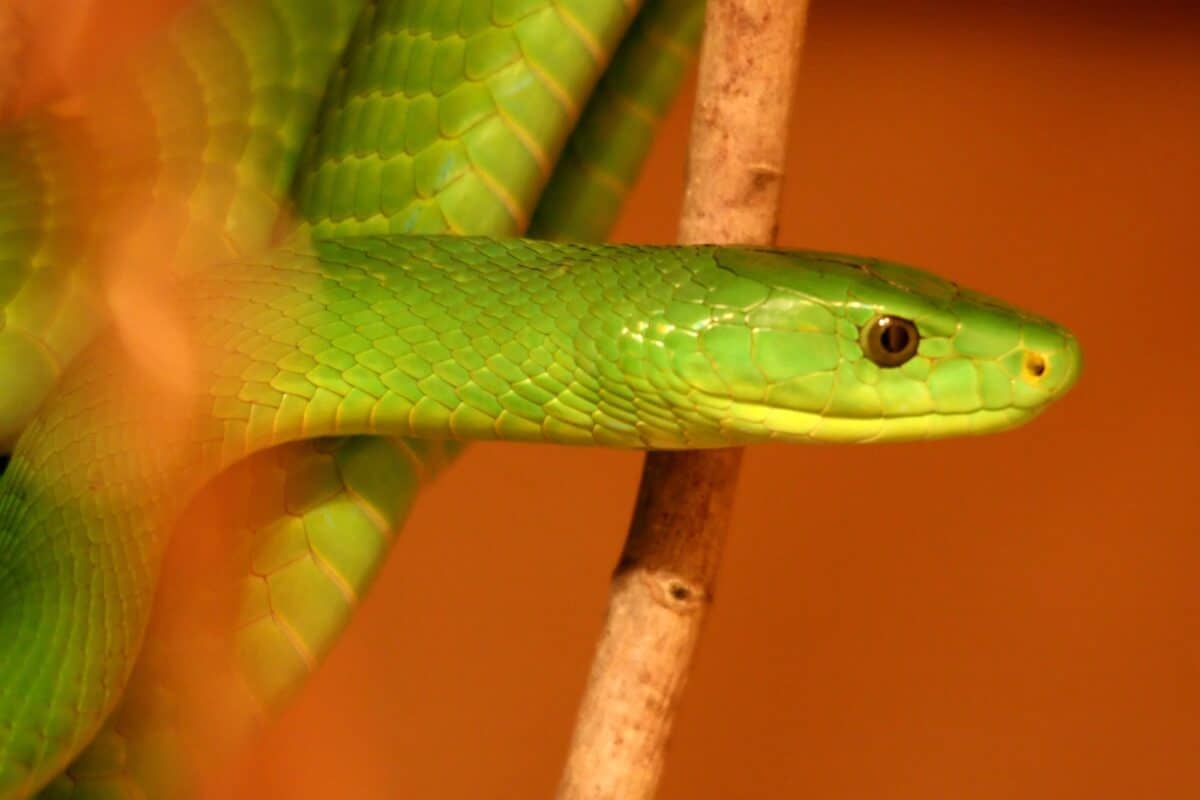
Here are some common symptoms associated with a boomslang snake bite:
Bleeding from multiple body parts, especially around the site of the wound. This bleeding may be severe and uncontrollable.
– Nausea and vomiting
– Severe abdominal pain or cramping
– Difficulty breathing
– Confusion or disorientation
– Sweating and excessive salivation
– Muscle twitching or spasms
– Weakness and fatigue
– Joint pain or stiffness
– Changes in heart rate, blood pressure, and temperature
In some cases, victims may experience confusion or even paralysis due to the venom. It’s also not uncommon for victims to suffer from difficulty swallowing or breathing. Which could be a sign of an impending anaphylactic reaction.
If you think you’ve been bitten by a boomslang snake, then seek immediate medical attention as soon as possible.
The venom of a boomslang snake is fast-acting, and the effects can be deadly if left untreated, so it’s important to act quickly in order to minimize damage.
Medical Treatment and First Aid
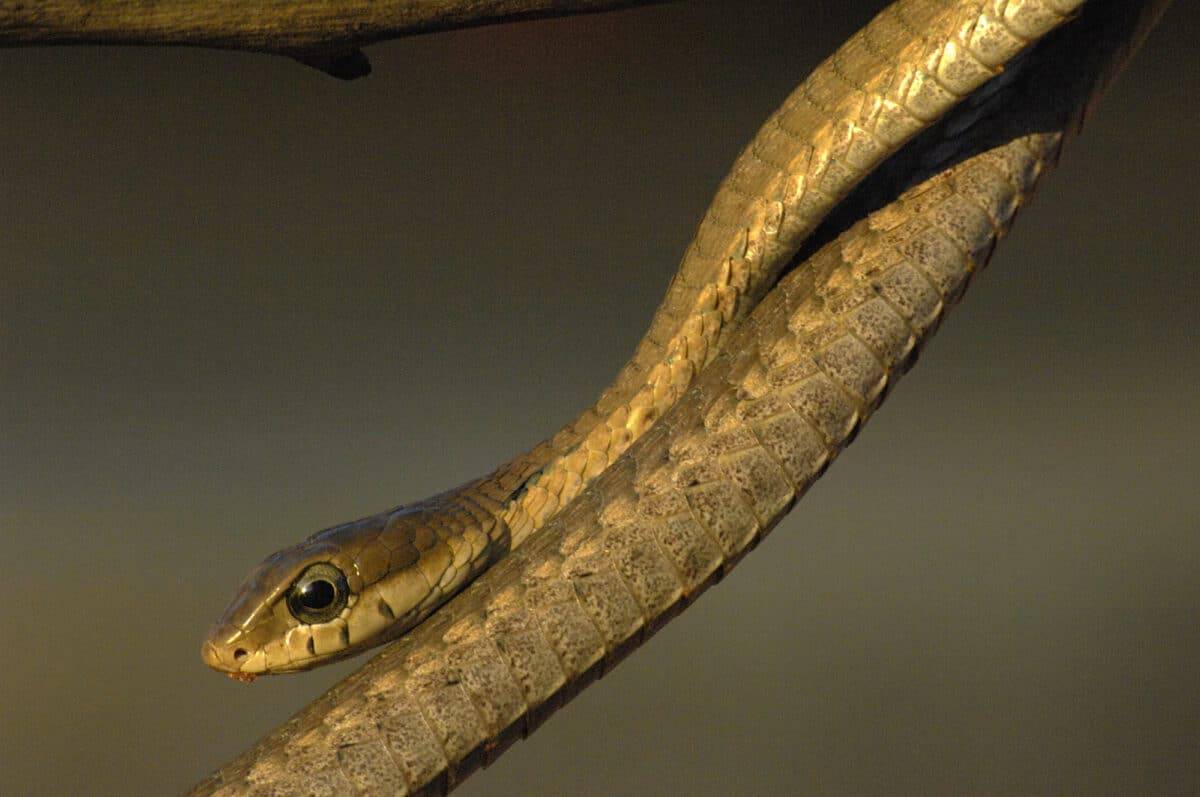
When it comes to treating a boomslang snake bite, there’s no room for experimentation. Immediate medical attention is important, especially if the bitten area is painful or changes color.
The venom of this particular species can cause serious damage to the body’s organs and tissues, resulting in death if not treated quickly.
First Aid
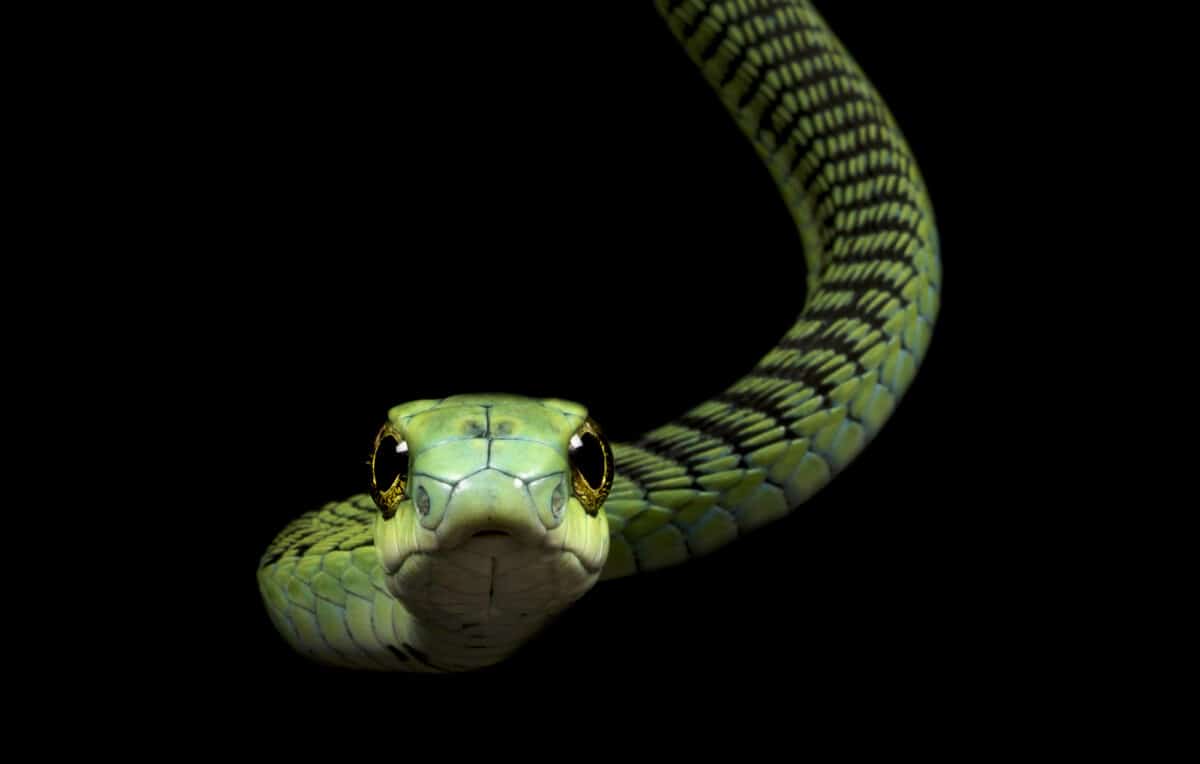
First aid should be administered as soon as possible to reduce the risk of complications from the bite.
This includes keeping the person still so that any movement doesn’t increase their blood flow and spread the venom; washing and disinfecting the wound; elevating the affected area above heart level to reduce swelling; and monitoring vital signs like heart rate, breath rate, and temperature every 15 minutes until help arrives.
Medical Treatment
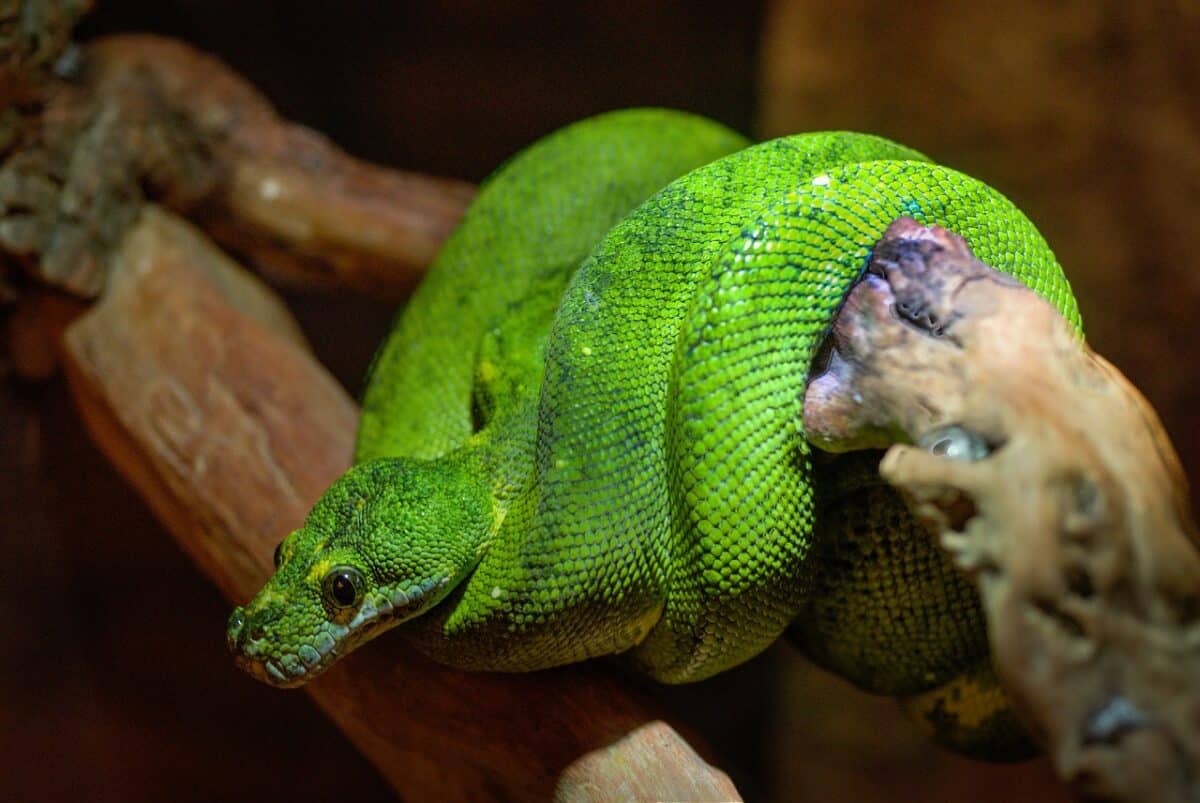
Boomslang bite typically comprises the use of antivenom, which is available through most hospitals and can reduce the severity of symptoms.
In some cases, surgery may also be needed to remove damaged tissue or stop bleeding. It’s important to note that while antivenom can be helpful in reducing pain and swelling, it cannot reverse any damage already caused by the venom.
Therefore, it’s essential that victims seek medical attention immediately after being bitten.
Effects of Bite (medical treatment continued)
The effects of a boomslang bite vary from person to person, so it’s important to keep an eye out for any signs of trouble, such as difficulty breathing, severe pain and/or swelling, and discoloration of the skin.
If any of these symptoms occur, seek medical attention right away.
In addition to seeking professional care, there are a few things that can be done at home in order to provide some relief from the effects of venom.
Applying a cold compress to the affected area may reduce the pain and swelling associated with the bite as well as draw out some of the venom.
It’s also important to keep the wound clean and bandaged until medical help arrives, so as to prevent infection or further injury.
It’s essential that anyone who is bitten by a boomslang snake seek medical treatment immediately for the best results. While making sure to avoid putting yourself in danger, try to capture the snake (or take a photo of it) so that medical personnel can accurately identify which antivenom is necessary. If successful, taking these steps could mean the difference between life and death following a boomslang bite.
With early detection and proper treatment, the outlook following a boomslang bite is usually good. However, without prompt medical attention, it’s difficult to predict how severe an individual’s symptoms will be or what their outcome will be.
Bottom Line
The moral of the story when it comes to boomslang snake bites is simple: if you see one, keep your distance. Don’t attempt to handle or capture a boomslang as their venom is incredibly powerful.
Also, seek medical attention immediately if you have been bitten by one as treatment can vary depending on the severity of the bite and even where it happened. Boomslangs are beautiful creatures who deserve our respect and admiration not fearWith proper precautions and education, we can continue to live in harmony with this amazing species. Hopefully, this blog post has been informative and helpful for anyone curious about the boomslang snake and its bite.
If you enjoyed this article as much as me, see below for related articles!
Next up: The largest Australian Shepherd, Wildlife Spotlights: Gorilla And Anaconda In Focus, Watch Two Kids Swim Near Great White Shark, Unveiling the Mystique: Exploring Texas’s Mountain Lion Population, and Discovering Georgia’s Fascinating Alligator Population.
Join our Forum for free today!

- Huge Pet Bison Breaks Into House - July 22, 2024
- Giant Black Bear Surprises Beachgoers by Emerging from the Ocean in Florida - July 22, 2024
- Brave Man Plays Instrument While Huge Bear Caresses His Shoulder - July 22, 2024

